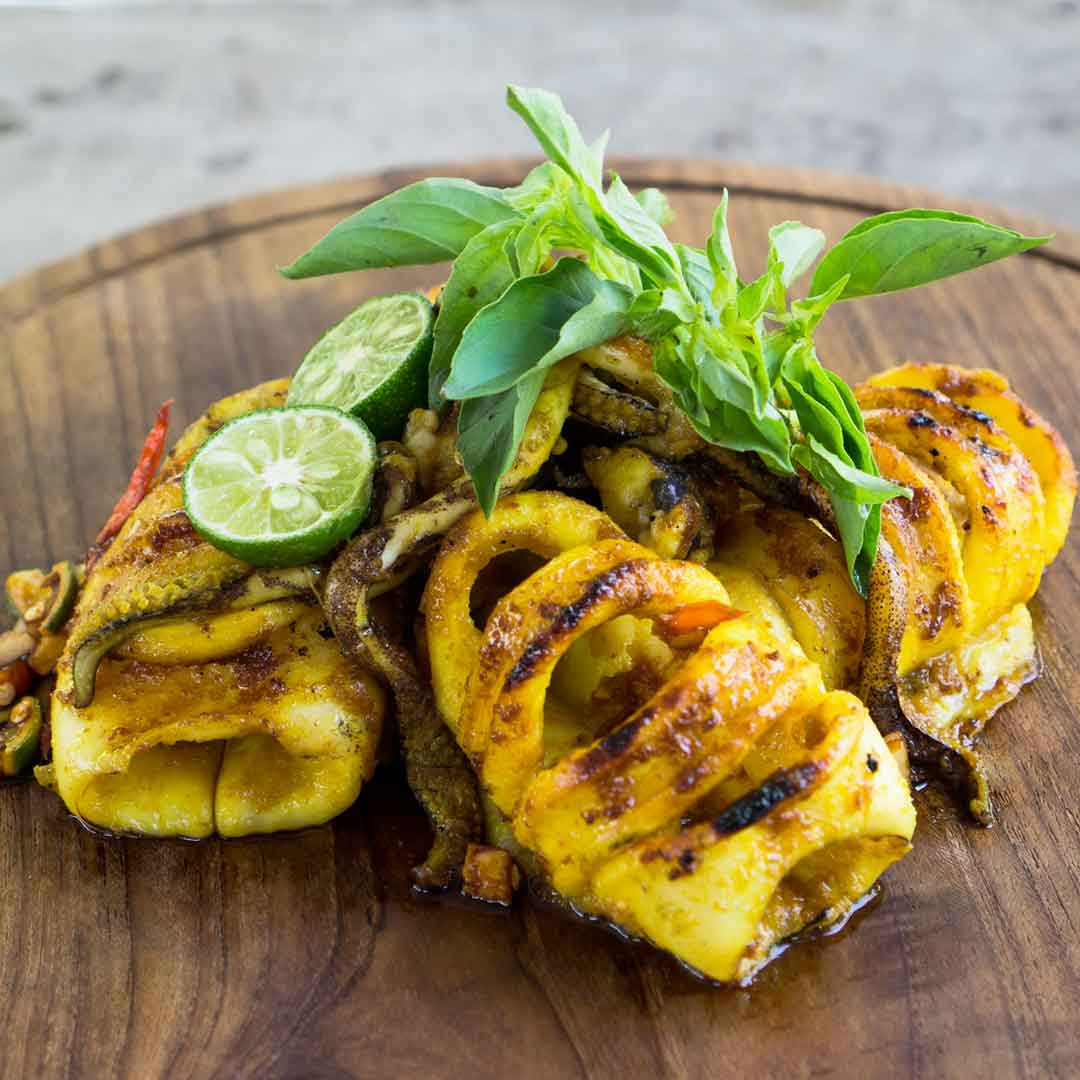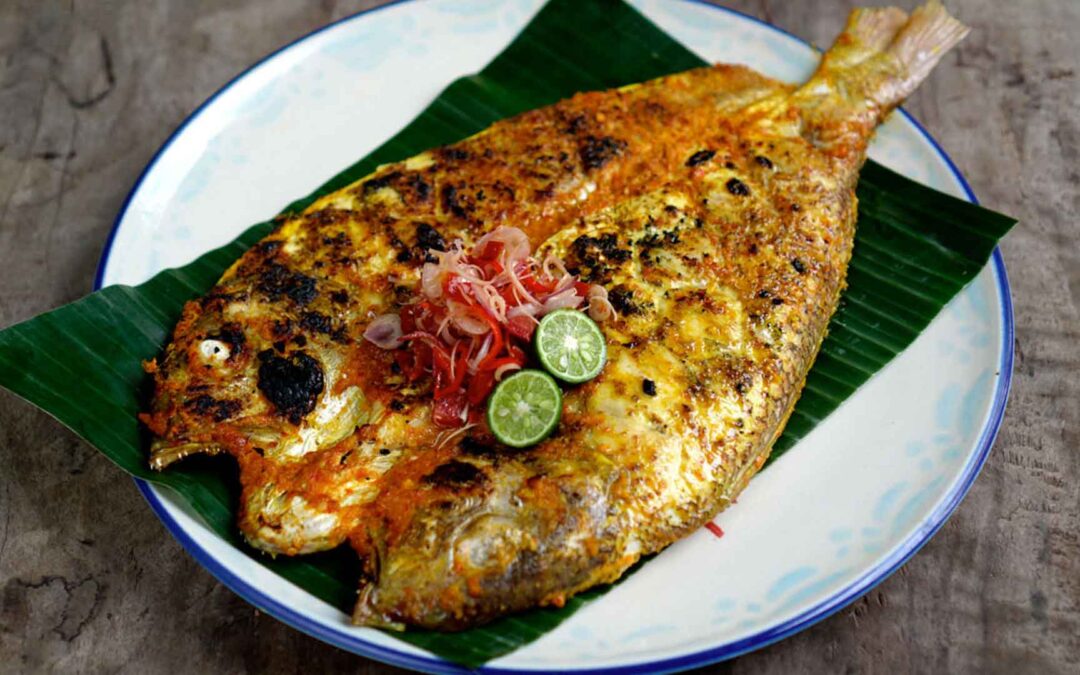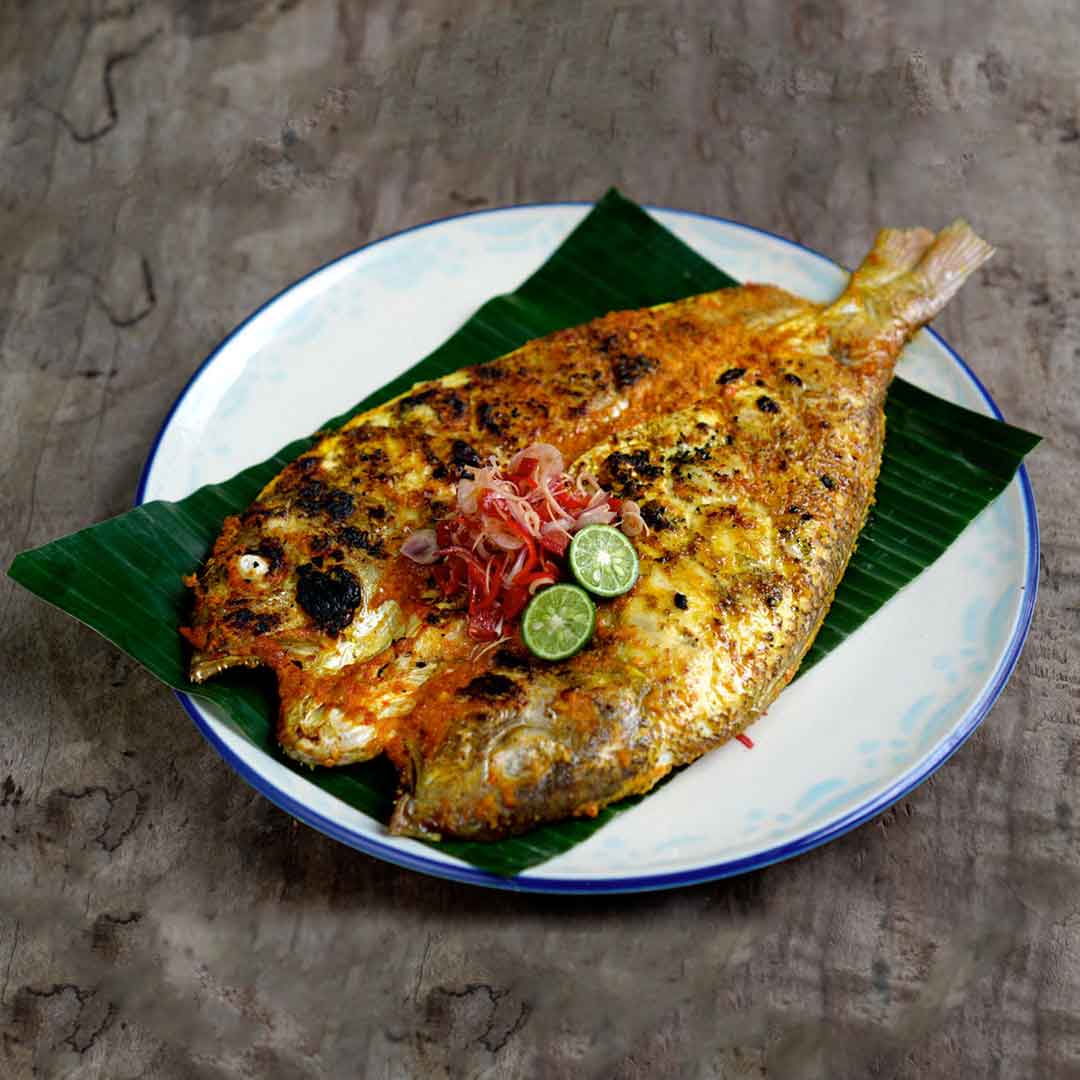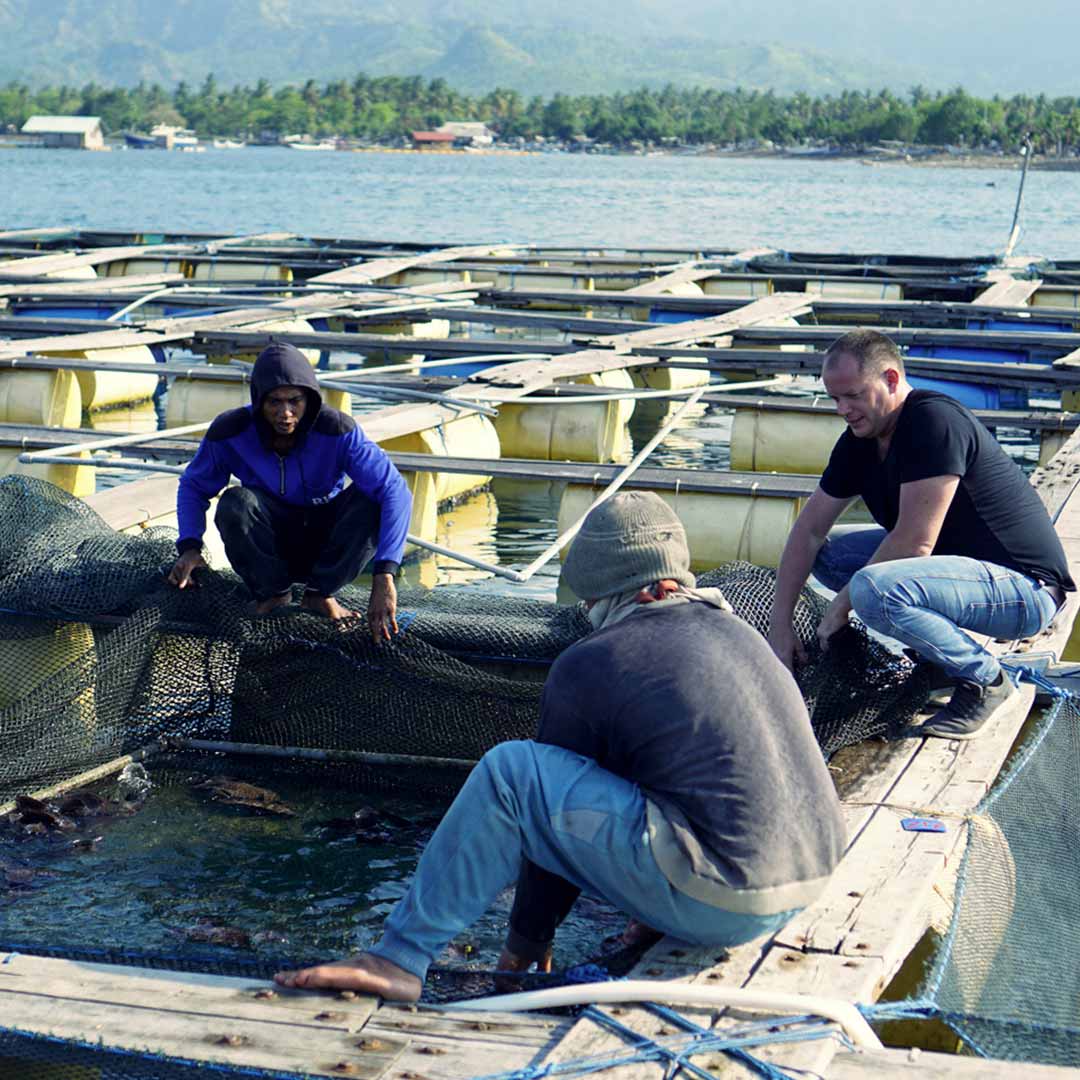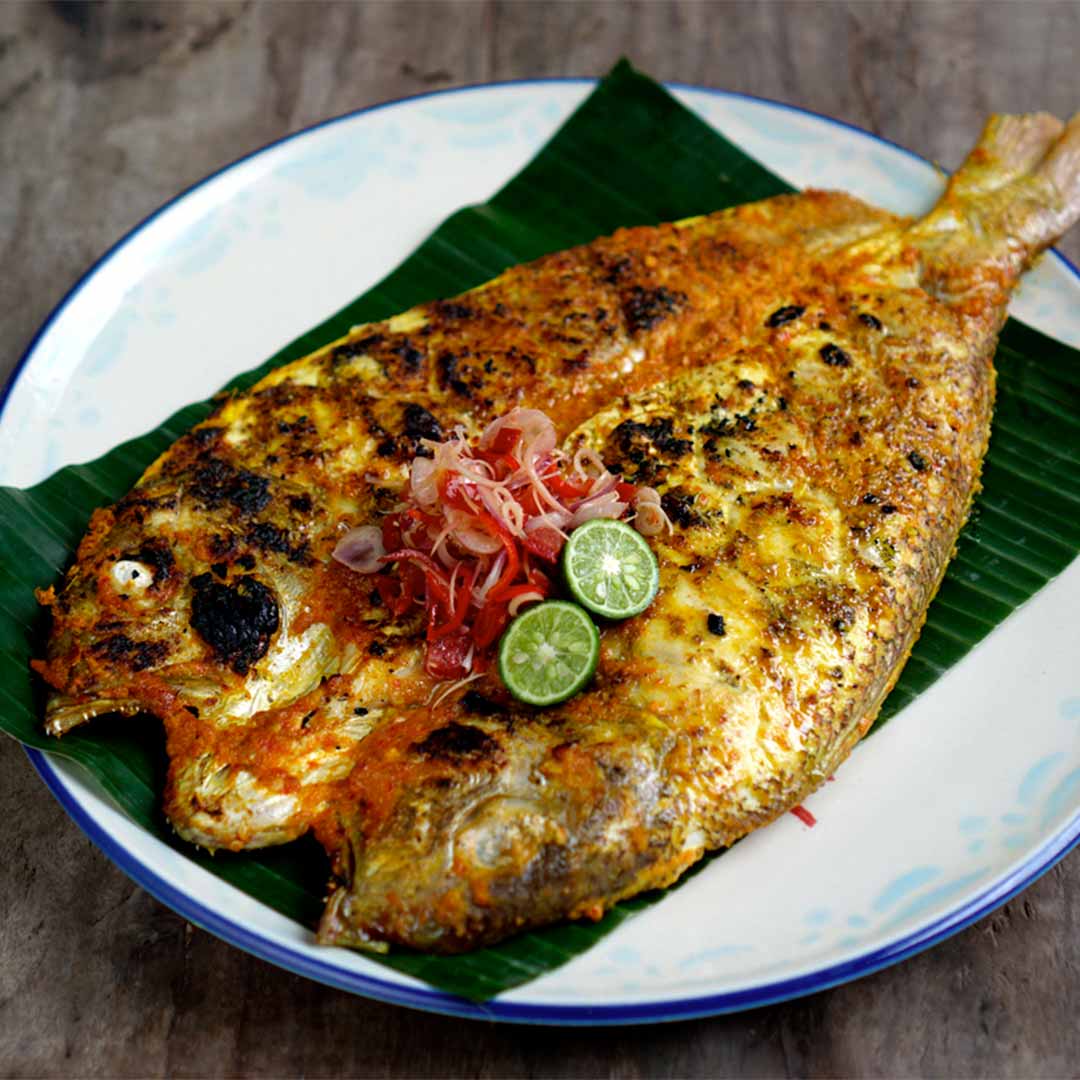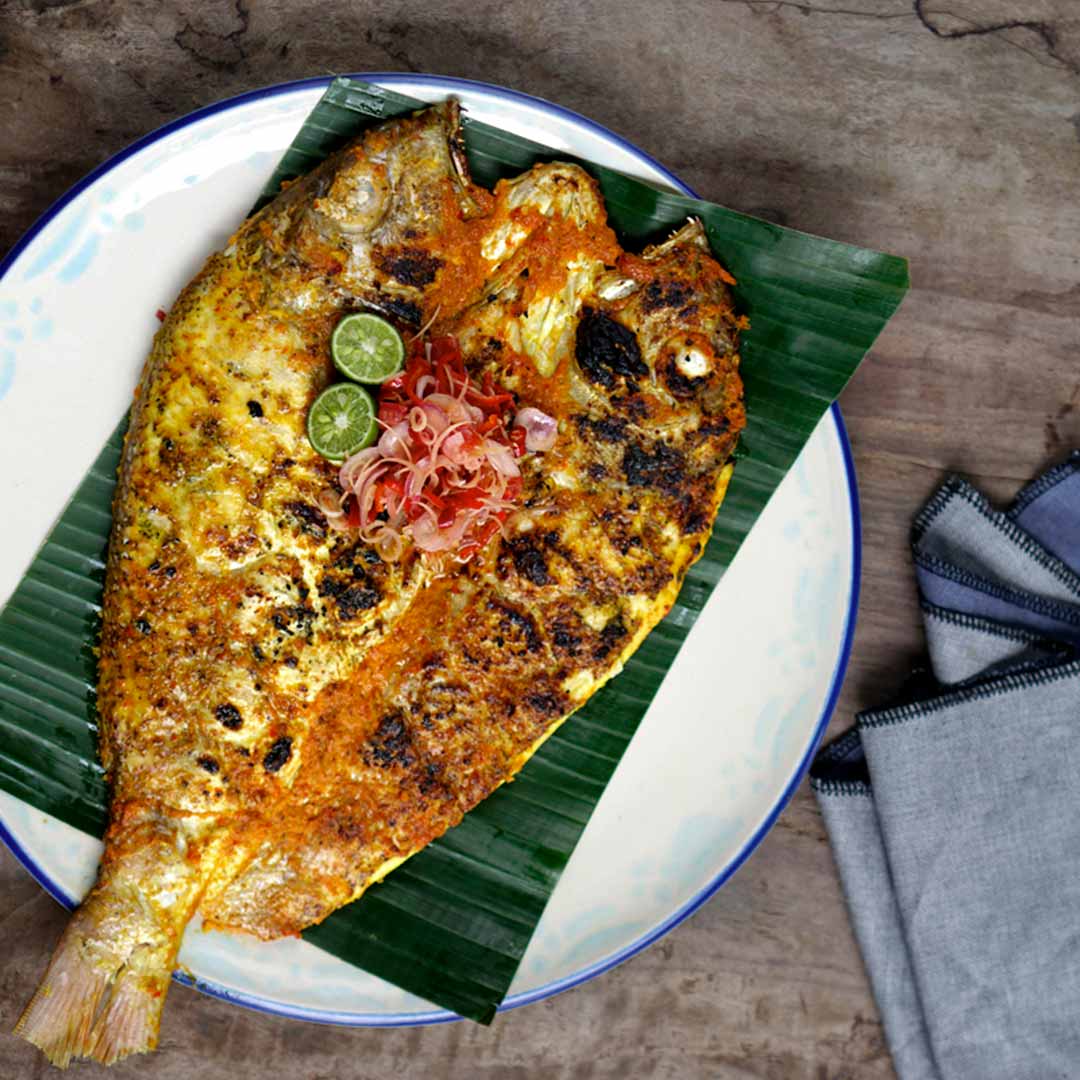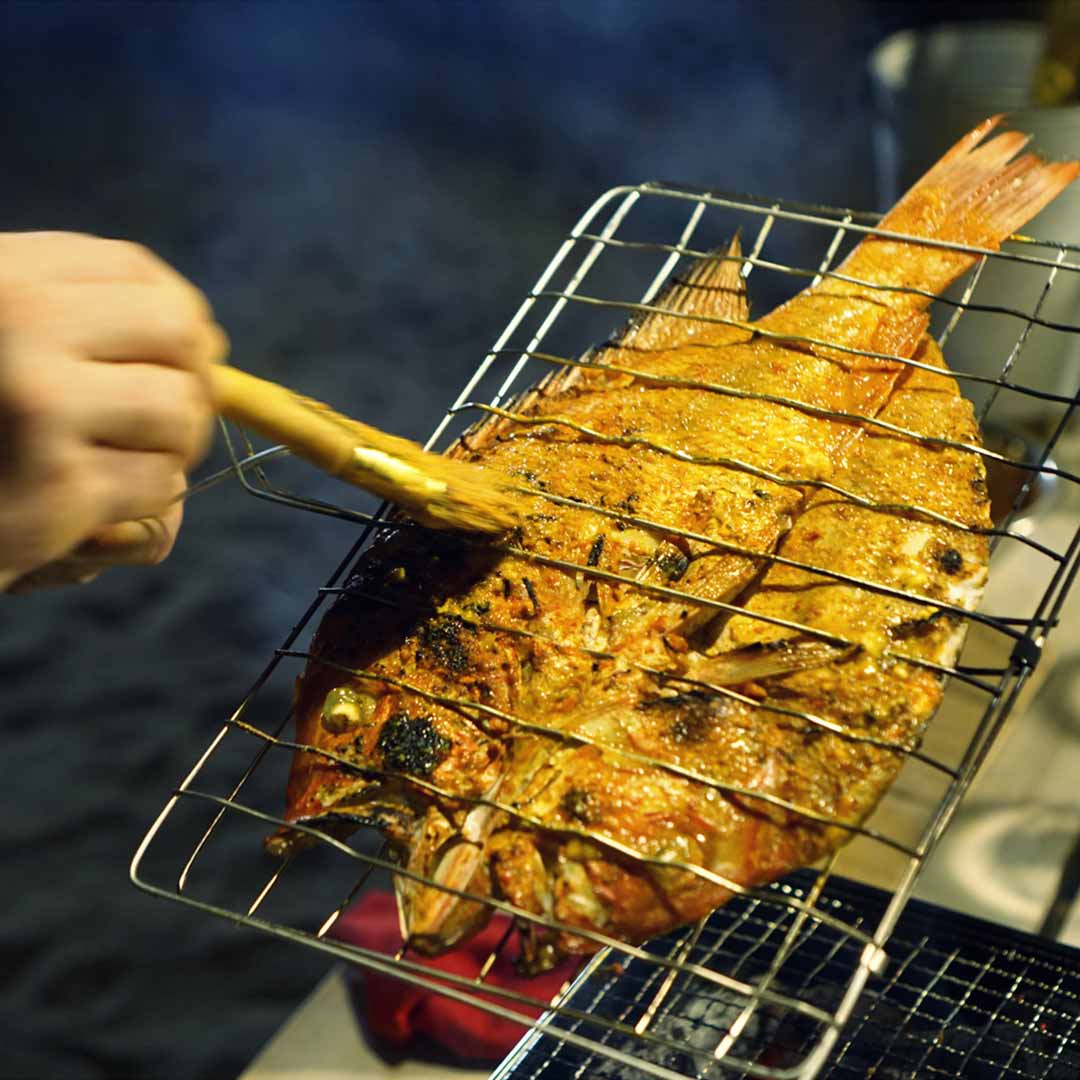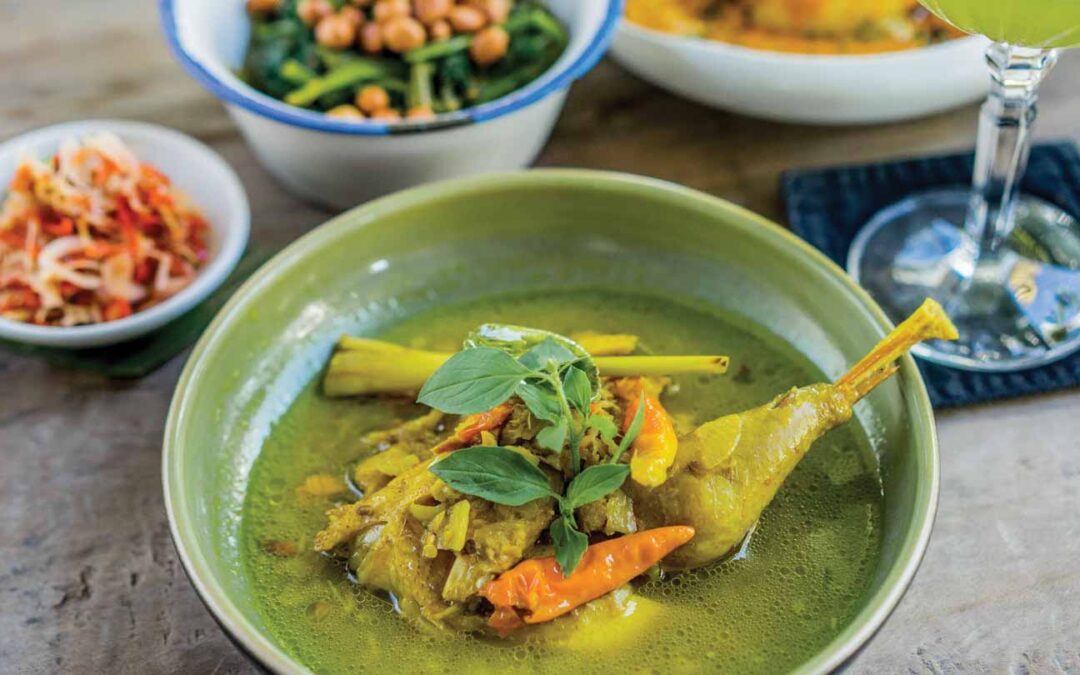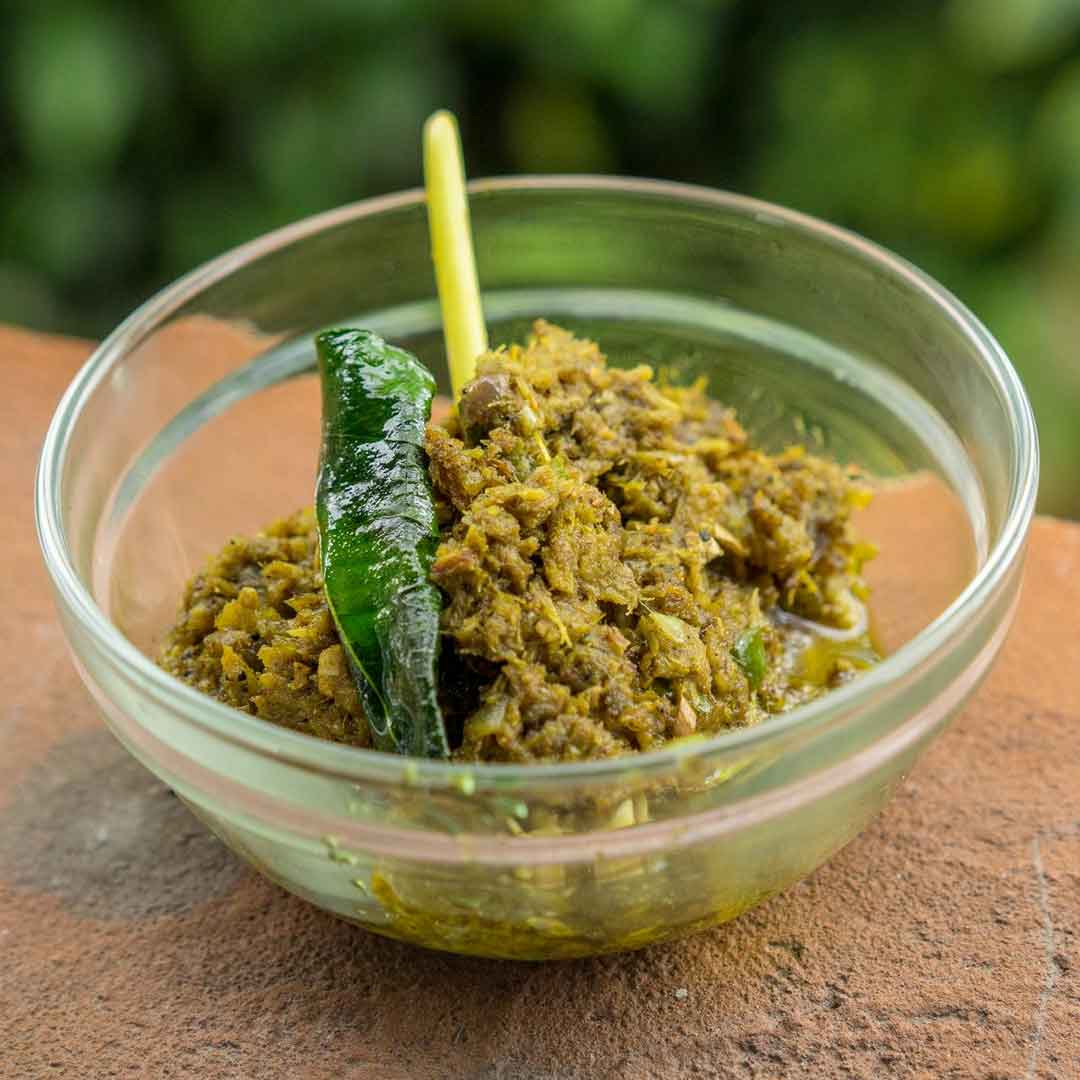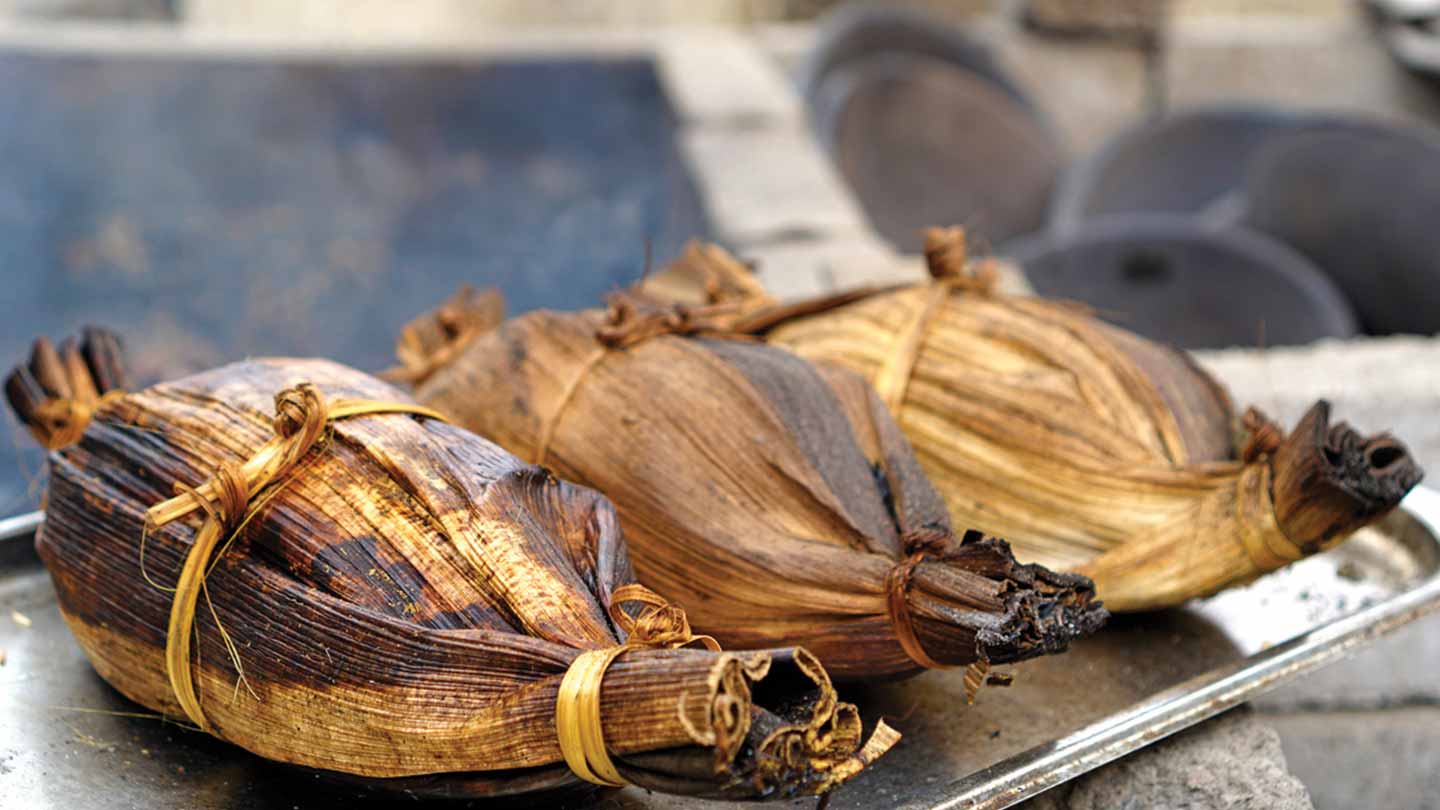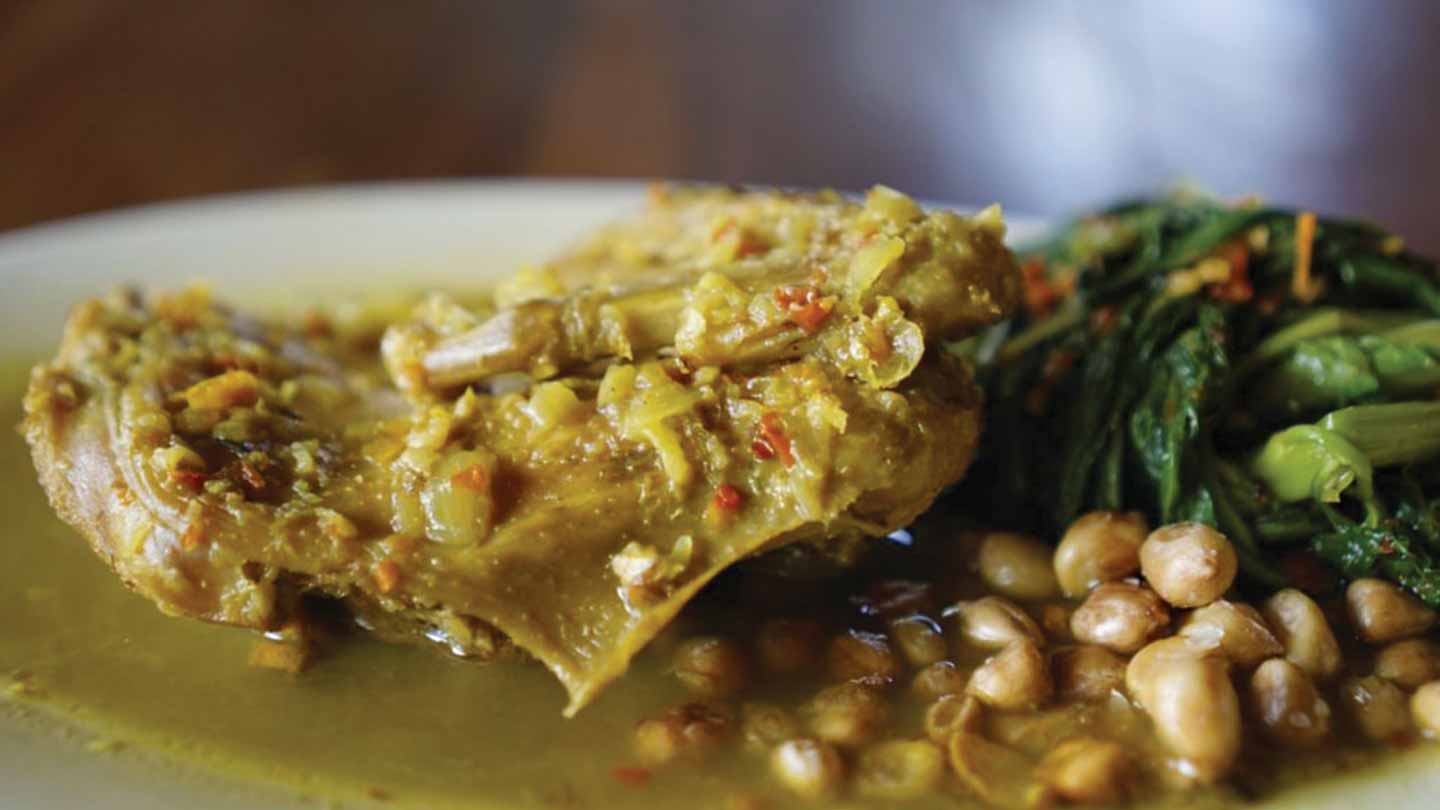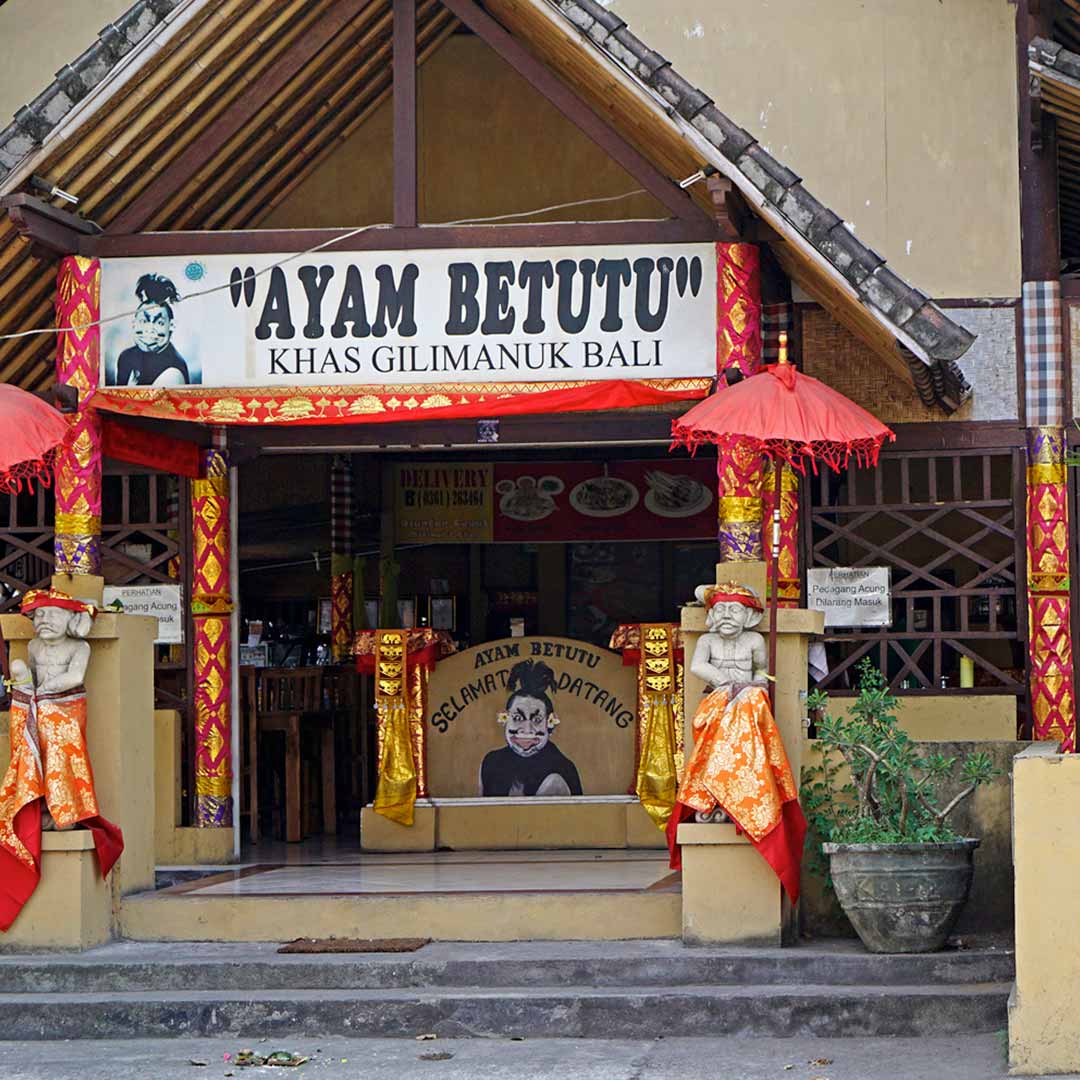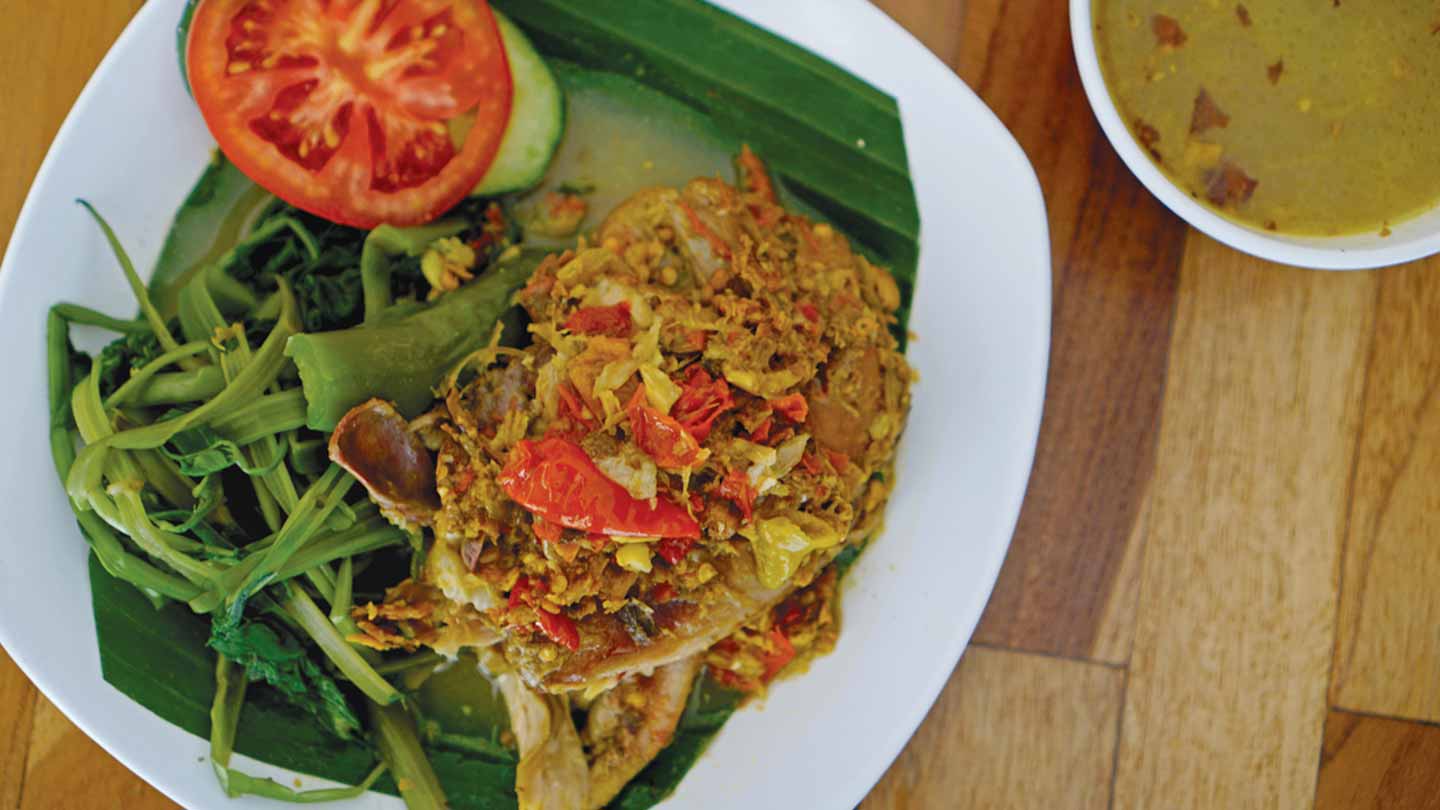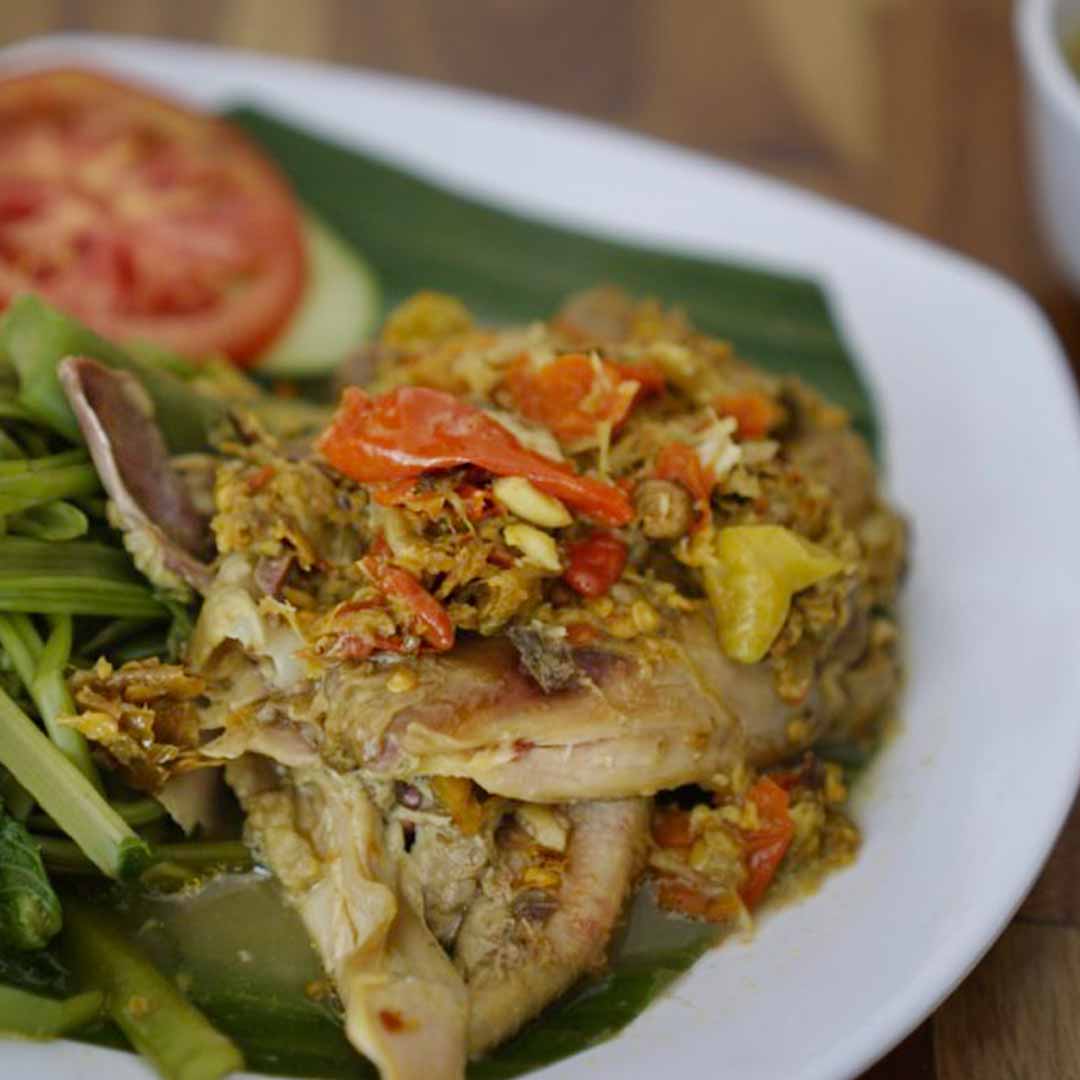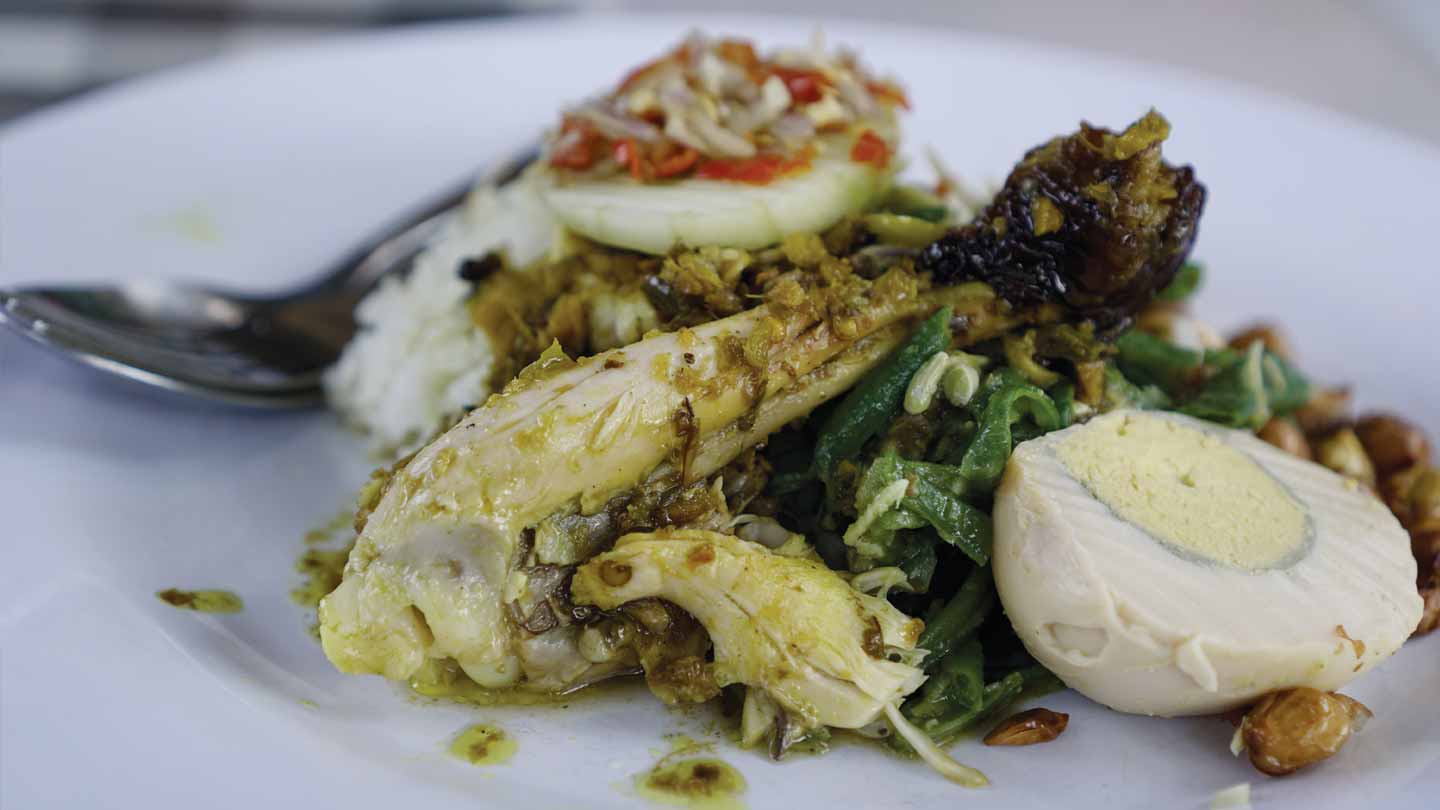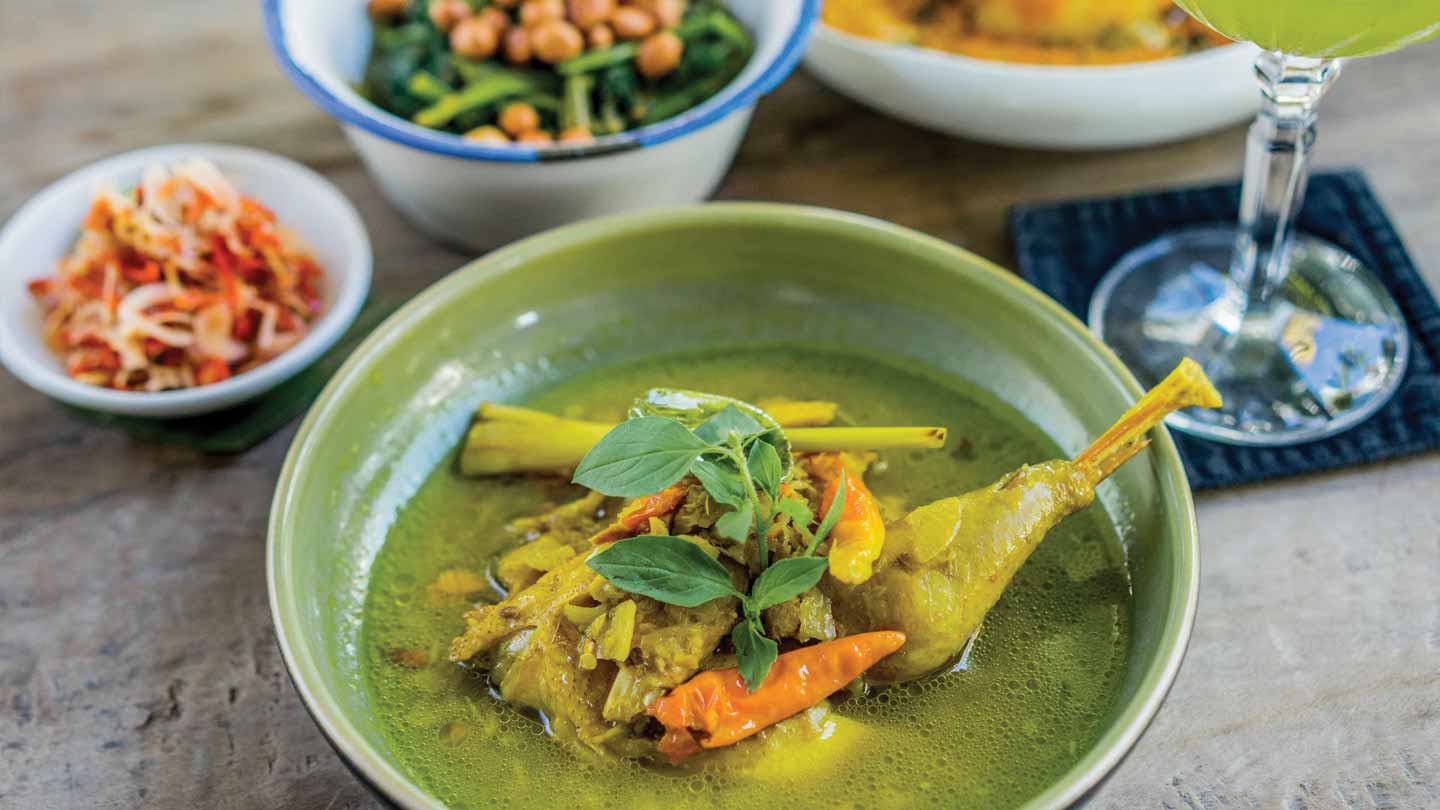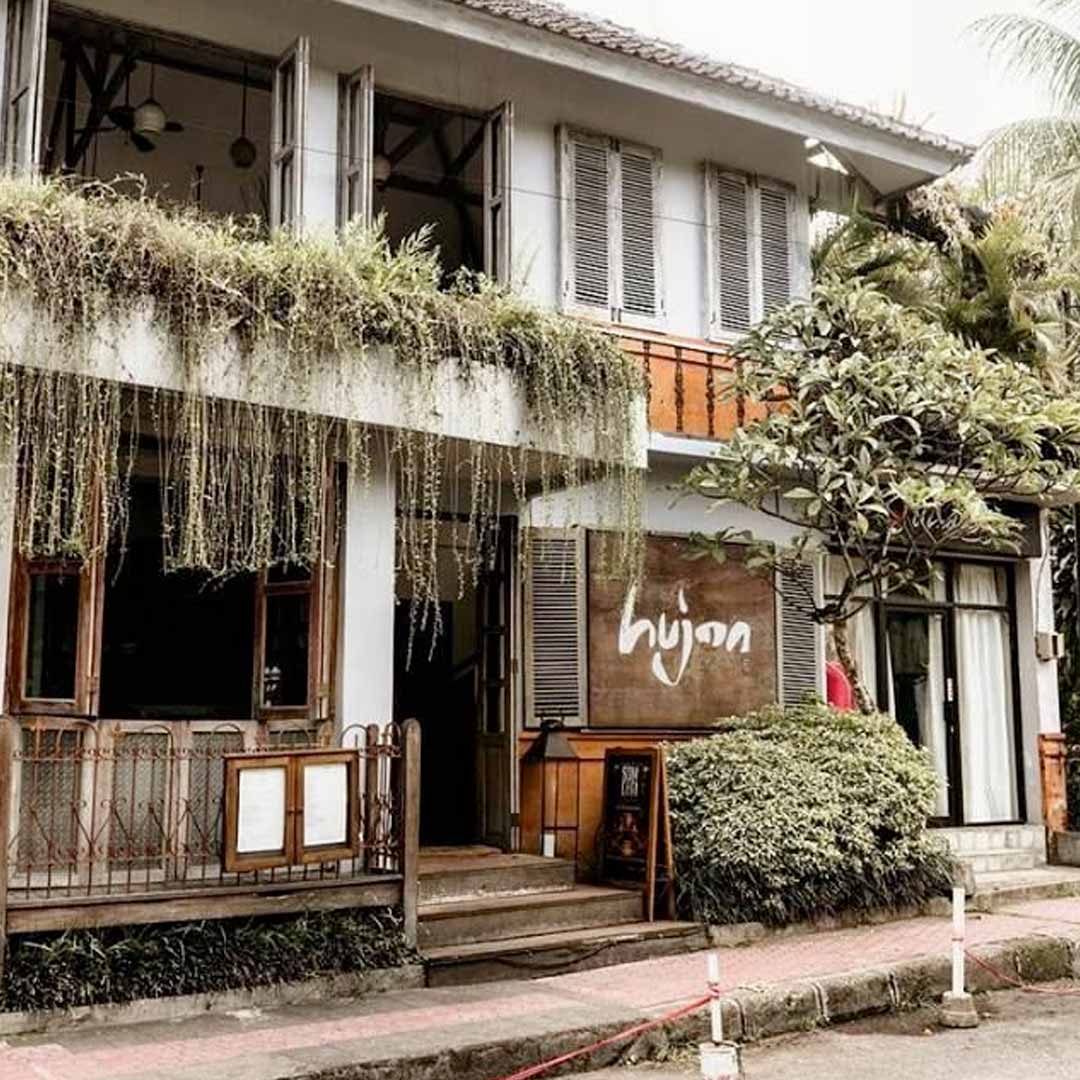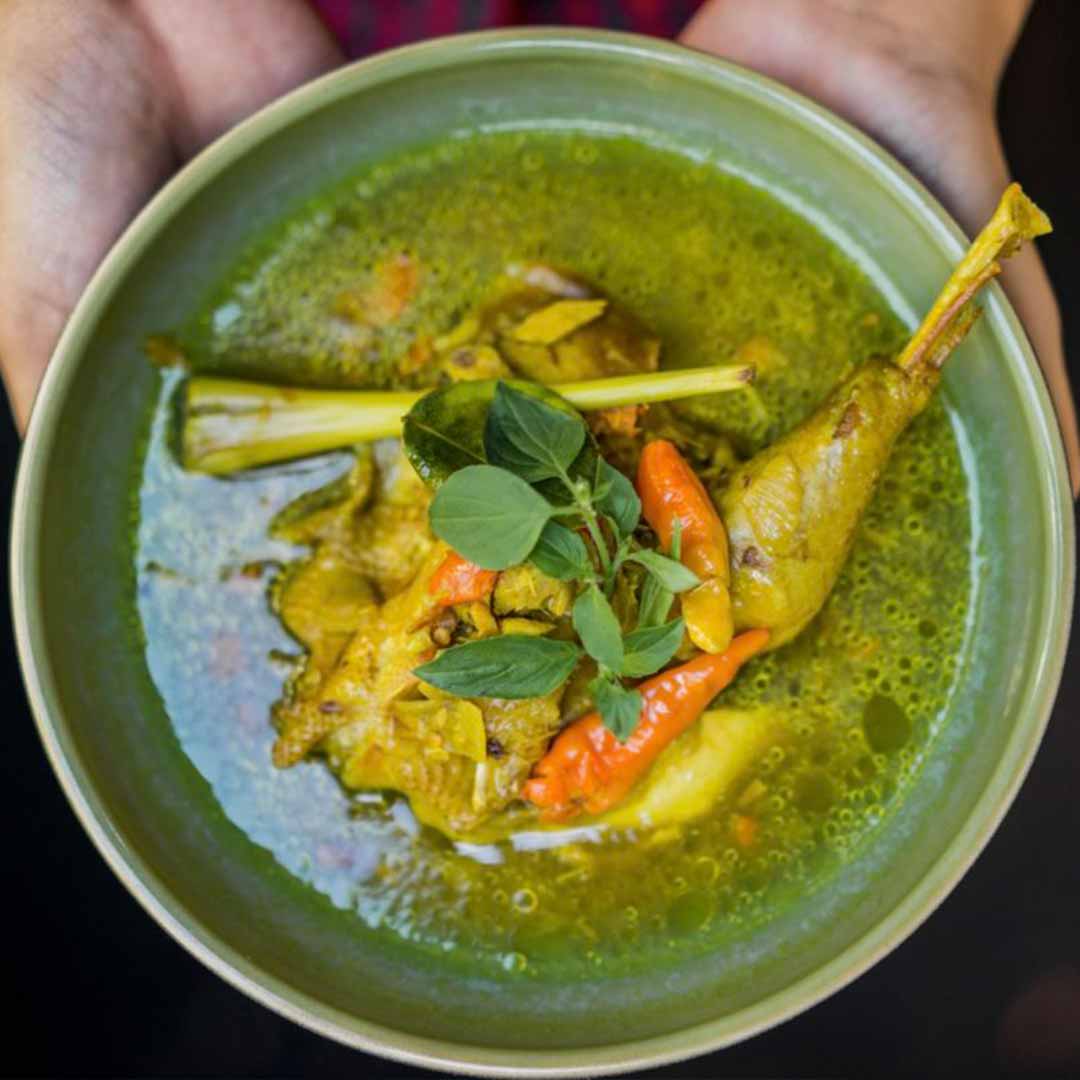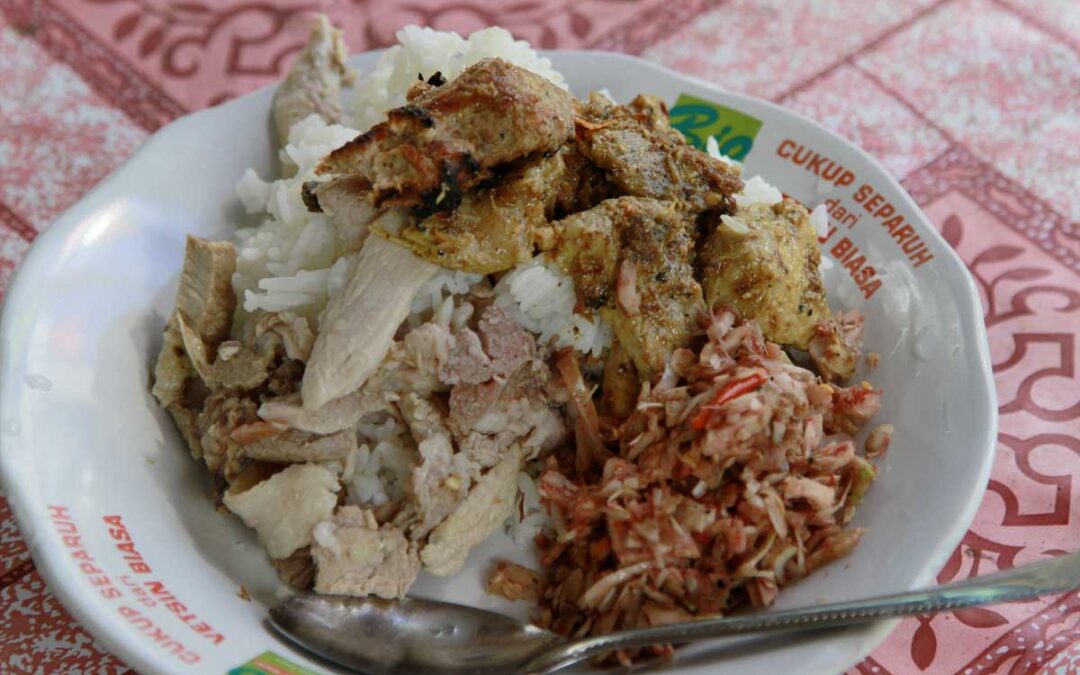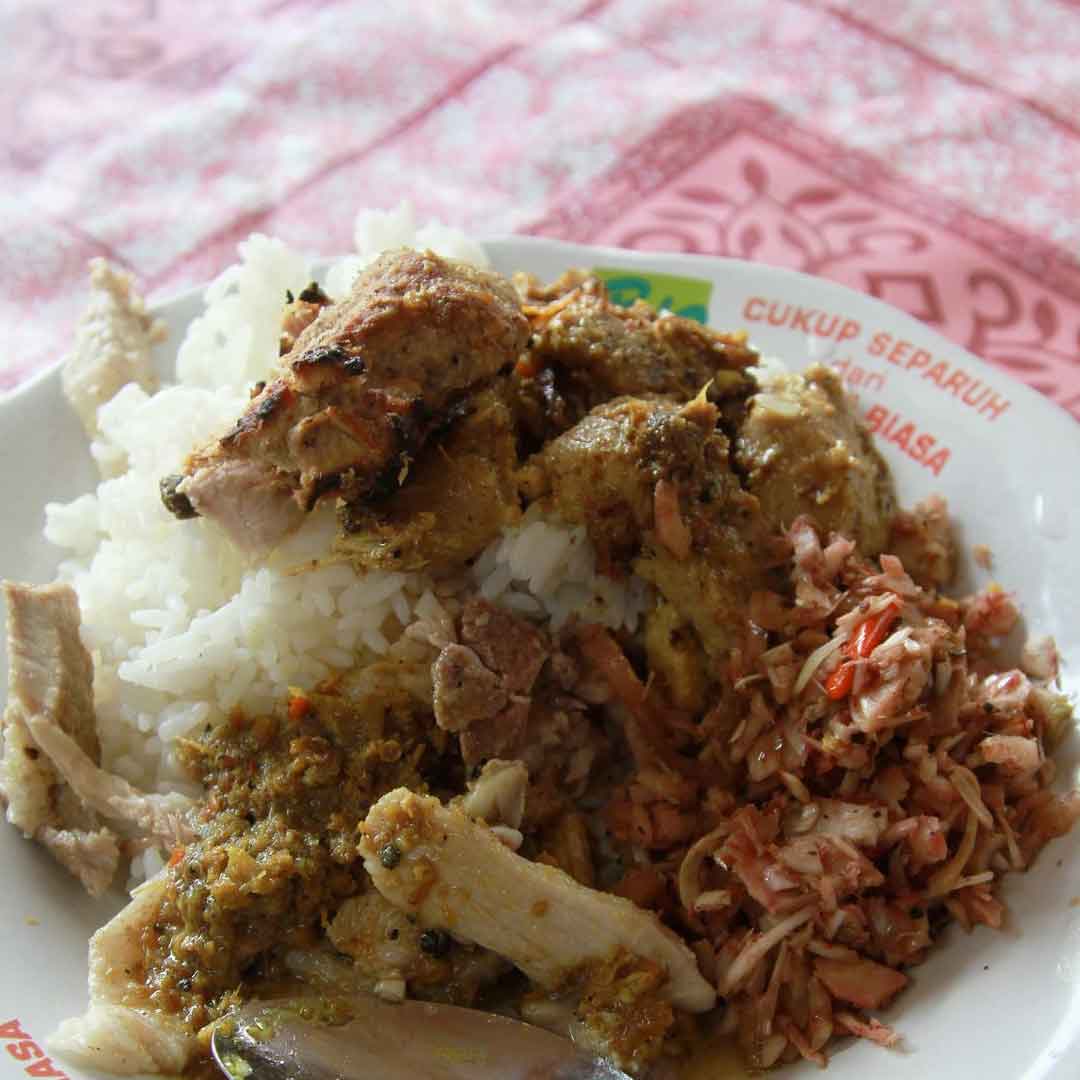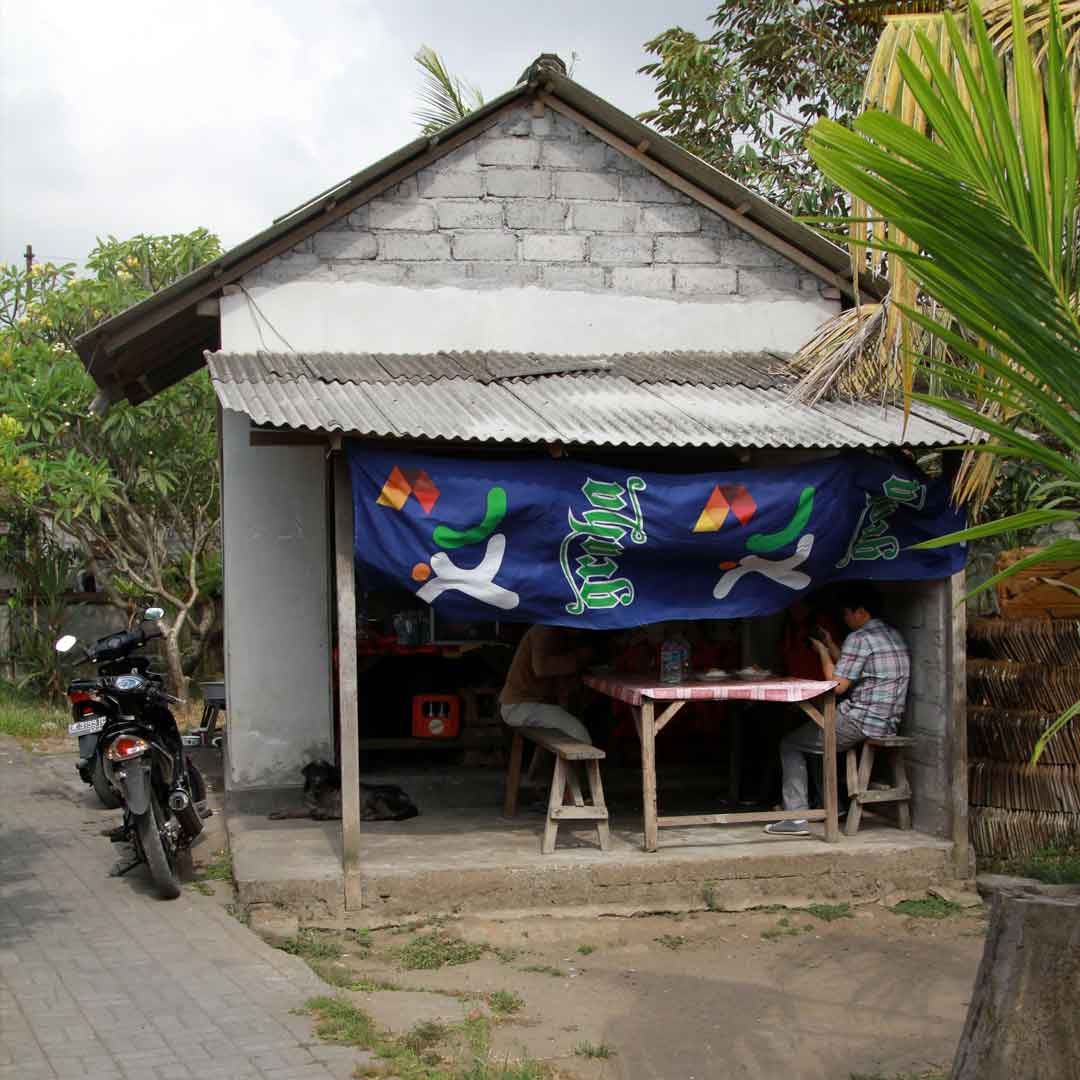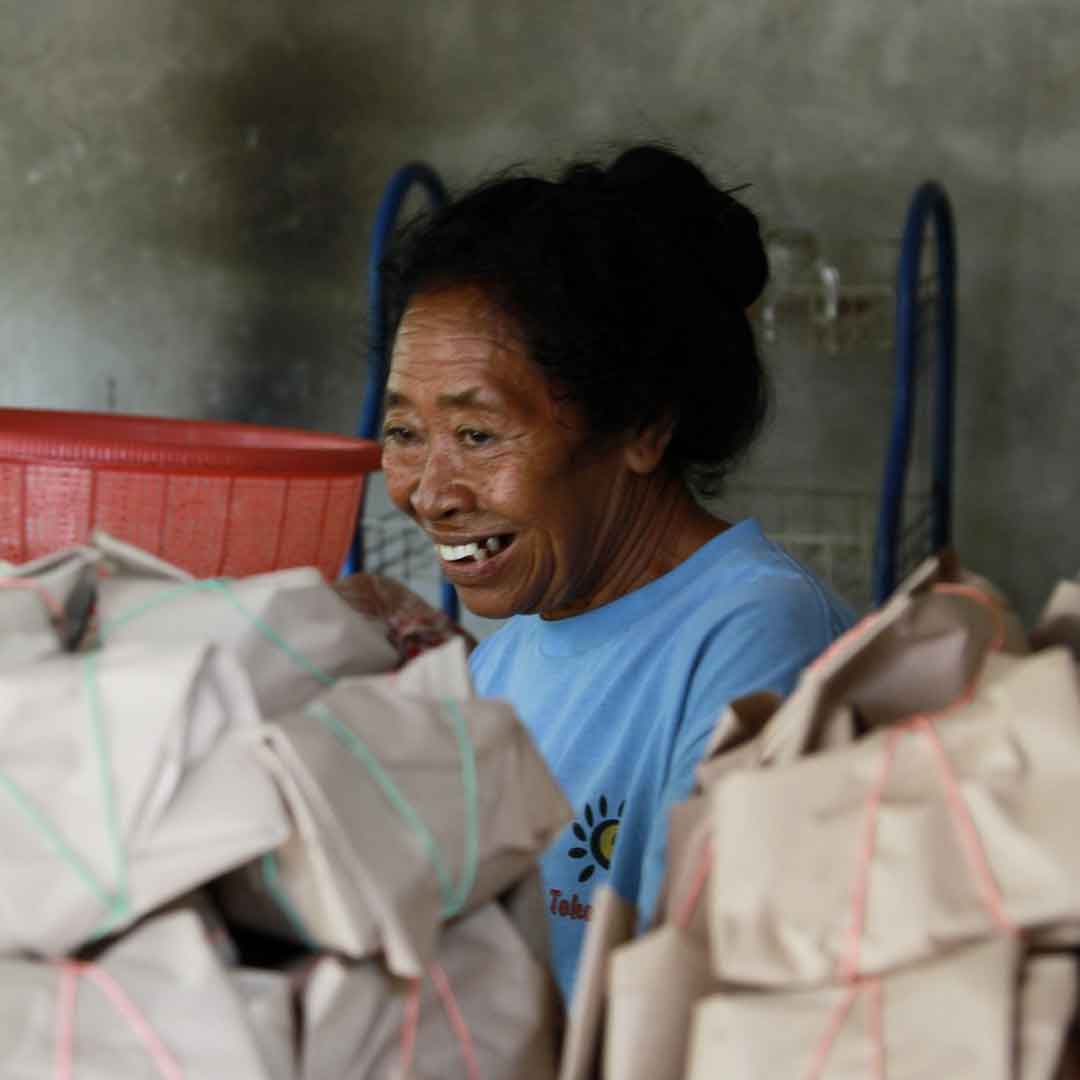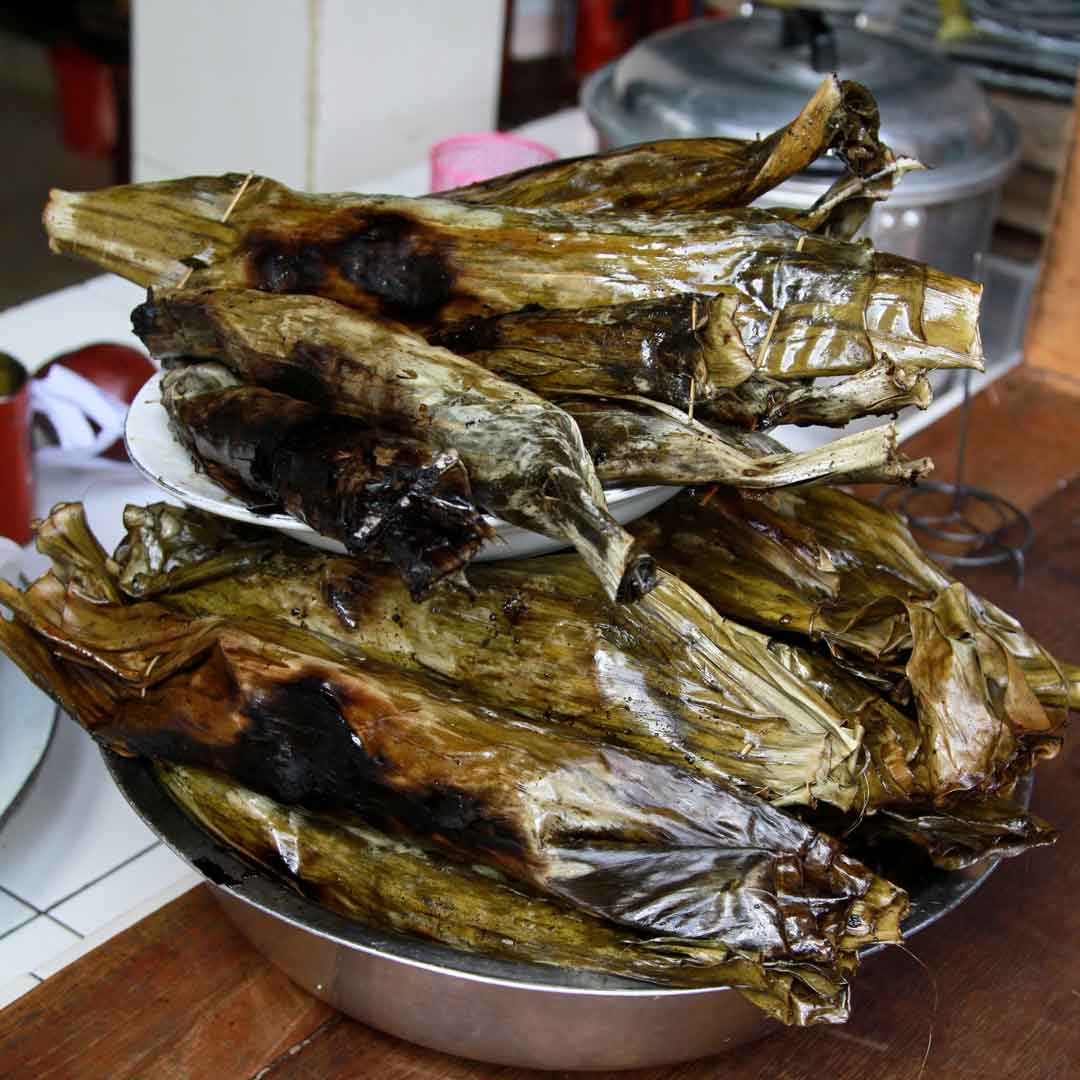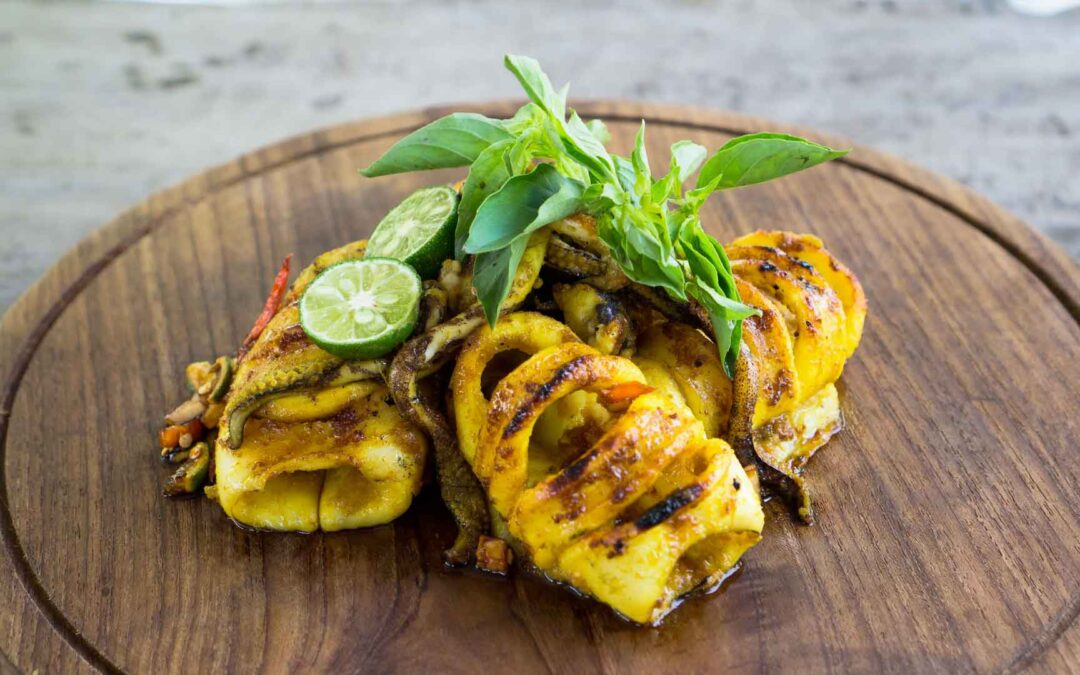
Jimbaran Style Grilled Squid
Jimbaran Style
Grilled Squid
served with sambal kecap manis and fresh lemon basil
If you happen to have a craving for Jimbaran style grilled seafood, here’s how you can make it yourself.
Regulars to Bali know Jimbaran as the beachside fishing village and seafood market, which at night transforms into an open air seafood grill fest. Diners can choose the seafood, bring it to a grill master who will cook it to your liking.
Jimbaran is one of the best places on the island to get the freshest seafood, and aside from the beauty of alfresco dining with the sand between your toes, you are entertained by the roaming buskers performing songs by request.
In this recipe, I uncover the secret recipe of Jimbaran’s Seaside Grill Masters to show how easy it is to cook at home.
portions
minutes
Summary
- 4 squids tubes cleaned and also keeping the tentacles
- 2 sprigs lemon basil
- 1 piece Balinese lime (any lime will do), halved
- Sambal kecap manis
- 1 clove garlic
- 1 knob turmeric
- 1 knob ginger
- 1 cup butter/margarine
- 1 lime, juiced
- Salt
- Oil
Marinade II (Sambal Kecap Manis)
- 1 piece shallot, peeled and diced
- ½ cup small green chillies, chopped
- 1 cup sweet soy sauce
- 1 lime, juiced

Sambal Kecap Manis
- 1 piece shallot, peeled and diced
- 1/2 cup small green chillies, chopped
- 1 cup sweet soy sauce
- 1 lime, juiced
Simply combine the chopped chillies, soy sauce and lime juice together. This can be kept in airtight container in the refrigeration for several days to use as desired.
Garnish
lemon basil
